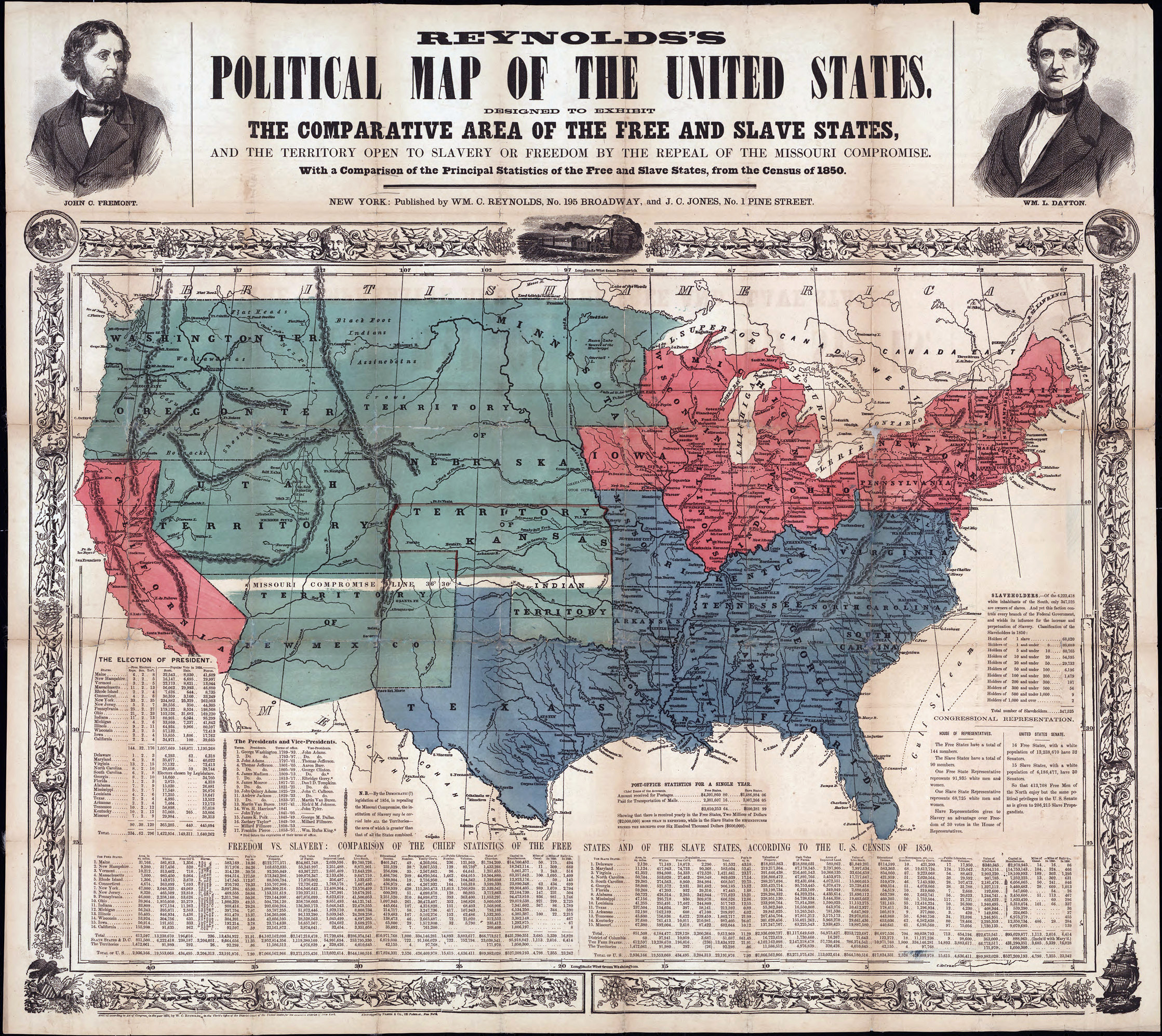Texas Redistricting: A GOP Power Grab or Fair Representation?
Texas Redistricting Plan Sparks Controversy: Is it a GOP Power Grab?
Understanding the Texas Redistricting Controversy
Redistricting—the essential process of redrawing electoral district boundaries—is a routine yet often contentious practice following each U.S. census. In Texas, a newly proposed congressional map, drafted by Republican lawmakers, has reignited intense debates over partisan gerrymandering. Critics argue that this new plan deliberately weakens Democratic representation, particularly among minority communities. Meanwhile, Republicans defend it as an accurate reflection of the state’s shifting demographics and growth. This article explores the key features of the proposed Texas redistricting map, the criticisms surrounding it, and its potential consequences for the political future of Texas.
The Proposed Texas Redistricting Map: A Republican Advantage Explained
Texas Republicans have unveiled a redistricting plan that could add five new GOP-leaning congressional seats, significantly expanding their delegation in the U.S. House. While the state's significant population growth justifies the addition of new seats, the specific method of redrawing district lines has drawn accusations of widespread partisan manipulation. Critics claim the map intentionally dilutes Democratic voting power by employing strategies like packing or cracking districts. These tactics either concentrate opposition voters into fewer districts (packing) or split them across multiple ones (cracking) to diminish their overall influence.
Targeting Democratic Incumbents: The Case of Congresswoman Jasmine Crockett
One of the most controversial aspects of the proposed Texas redistricting plan is its significant impact on Democratic Congresswoman Jasmine Crockett, a rising progressive voice. The redrawn map specifically removes her current residence from her district, effectively forcing her to either relocate or run in an entirely different area. Congresswoman Crockett has vehemently condemned this move as a "deliberate power grab" explicitly designed to suppress Democratic representation and voter turnout.
"This isn’t about fairness—it’s about silencing voters who don’t align with the GOP’s agenda," Crockett stated in a recent interview, highlighting the broader implications of the map. Her situation exemplifies a wider pattern where multiple Democratic incumbents may face primary battles against each other, potentially fracturing the party’s unity and resources even before general elections.

Forcing Democratic Infighting: Weakening Opposition Through Texas Redistricting
Beyond targeting individual lawmakers, the new Texas redistricting map also intentionally pits Democratic incumbents against one another in primary elections. By redrawing districts to include multiple sitting Democrats, Republicans strategically increase the likelihood of costly and divisive intraparty races. This tactic ultimately reduces Democratic resources, depletes campaign funds, and weakens party cohesion ahead of crucial general elections. This strategy, often referred to as "incumbency protection for the GOP," has been employed in other states but appears particularly aggressive in Texas’ latest proposal.

Voter Suppression Concerns and Minority Representation in Texas Redistricting
A major criticism leveled against the proposed Texas redistricting plan is its significant potential to weaken minority voting power. Texas’ rapidly growing Hispanic and Black populations have historically leaned Democratic, and civil rights groups argue that the new map systematically undermines their political influence by:
Splitting minority-heavy districts to dilute their collective impact and voting strength.
Packing minority voters into fewer districts, thereby reducing their ability to elect preferred candidates in surrounding areas and diminishing overall representation.
Ignoring the Voting Rights Act’s crucial protections, which explicitly prohibit racial discrimination in redistricting processes.
Congresswoman Crockett and other Democrats accuse Republicans of prioritizing partisan gains over fair representation, a charge that strongly echoes past legal battles over Texas’ contentious redistricting practices.

Republican Defense: How Growth Justifies the Texas Redistricting Map
GOP lawmakers counter that the new Texas congressional map accurately reflects the state’s population shifts, particularly the surge in suburban and exurban areas that predominantly favor Republicans. They argue that Democrats have also engaged in gerrymandering when in power and that the current plan fully complies with all legal standards and requirements.
"This map follows the law and ensures Texas’ voice in Congress grows with its population," stated a Republican state senator closely involved in the redistricting process. However, independent analysts consistently note that the GOP’s projected gains from this map significantly exceed what demographic changes alone would naturally justify, strongly suggesting an intentional partisan bias in the drawing of district lines.

Legal Challenges and Future Implications of Texas Redistricting
The proposed Texas redistricting map is almost certainly going to face considerable legal challenges, with numerous voting rights organizations and Democratic groups already preparing lawsuits alleging both racial and partisan gerrymandering. Past Texas redistricting plans have frequently been blocked or revised by courts for violating the critical protections of the Voting Rights Act, and this latest iteration may very well meet a similar fate.
It could solidify Republican dominance in Texas for the next decade, significantly shaping future elections.
It might set a concerning precedent for aggressive gerrymandering in other GOP-controlled states across the nation.
It could further polarize Texas politics, deepening existing divisions between urban and rural voters and exacerbating partisan tensions.

Conclusion: The Impact of Texas Redistricting on Democracy
Texas’ proposed redistricting plan is far more than a routine adjustment; it represents a high-stakes political maneuver with significant, far-reaching consequences for the state's democratic landscape. While Republicans frame it as a necessary response to population growth and demographic shifts, Democrats and civil rights advocates unequivocally view it as a blatant power grab that fundamentally undermines core democratic principles and fair representation.
The outcome of this intense battle—whether decided in the courts or at the ballot box—will undeniably shape Texas’ political future for years to come and significantly influence ongoing redistricting debates nationwide. As this critical fight unfolds, one overarching question remains: Will the final map truly reflect the will of the people, or merely serve the narrow interests of a single political party?

